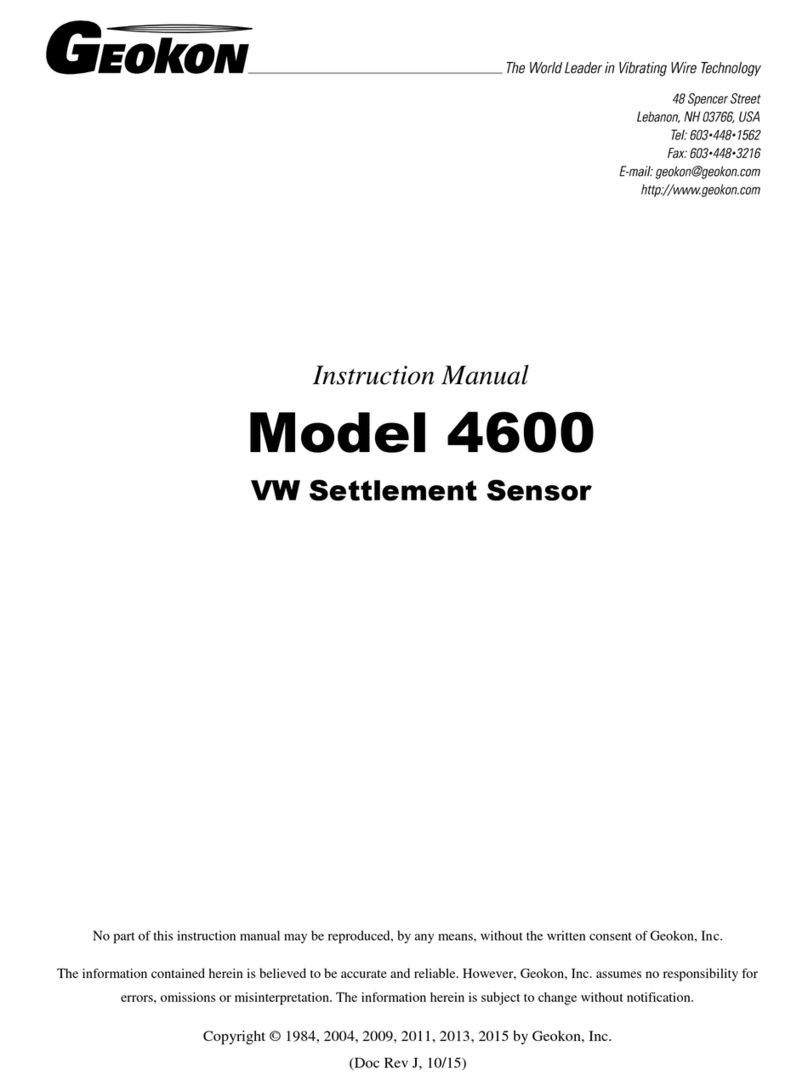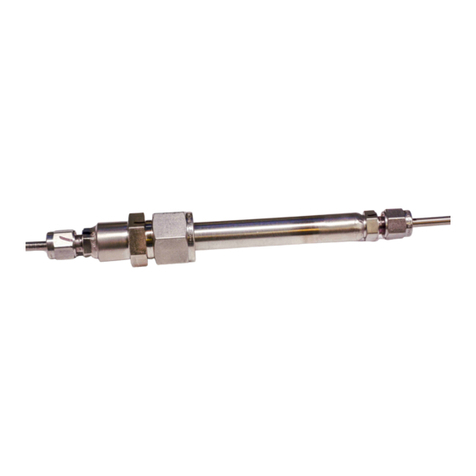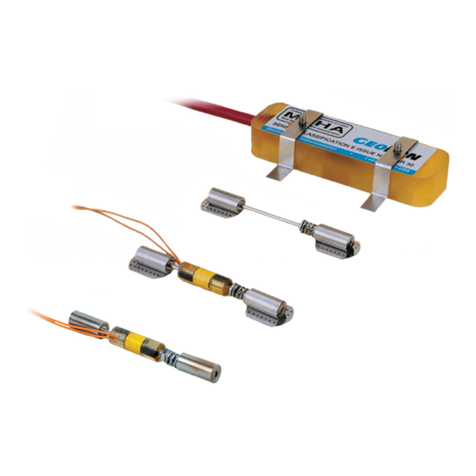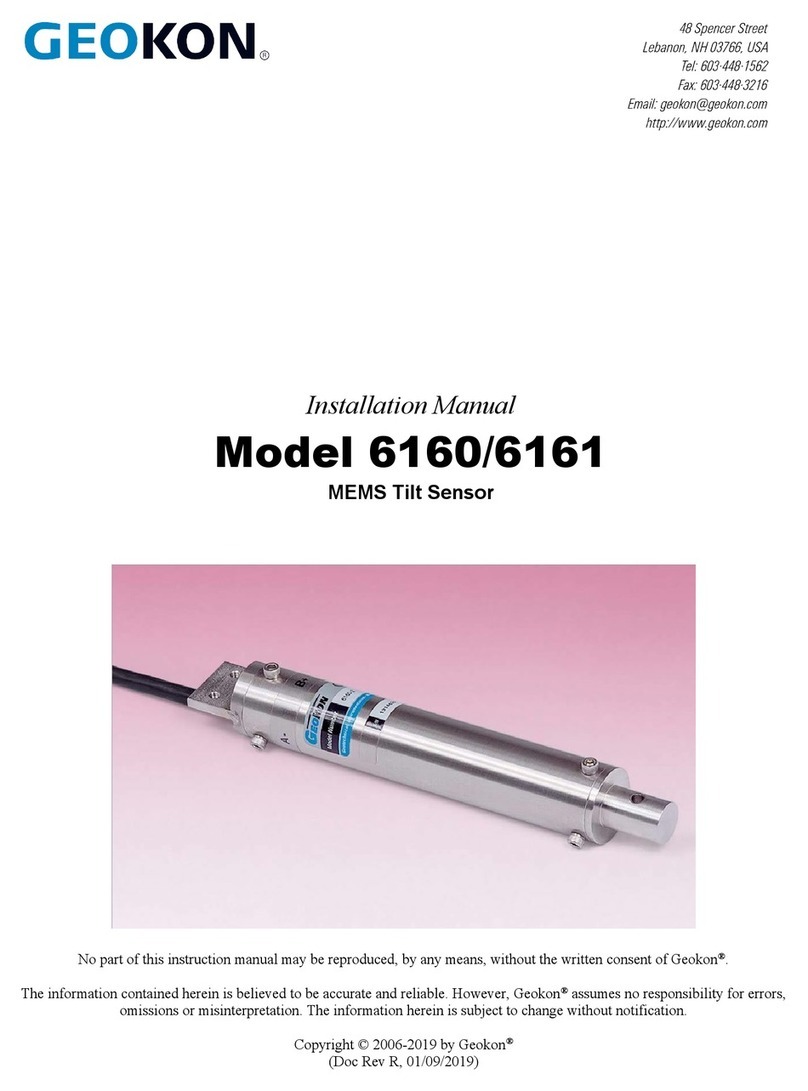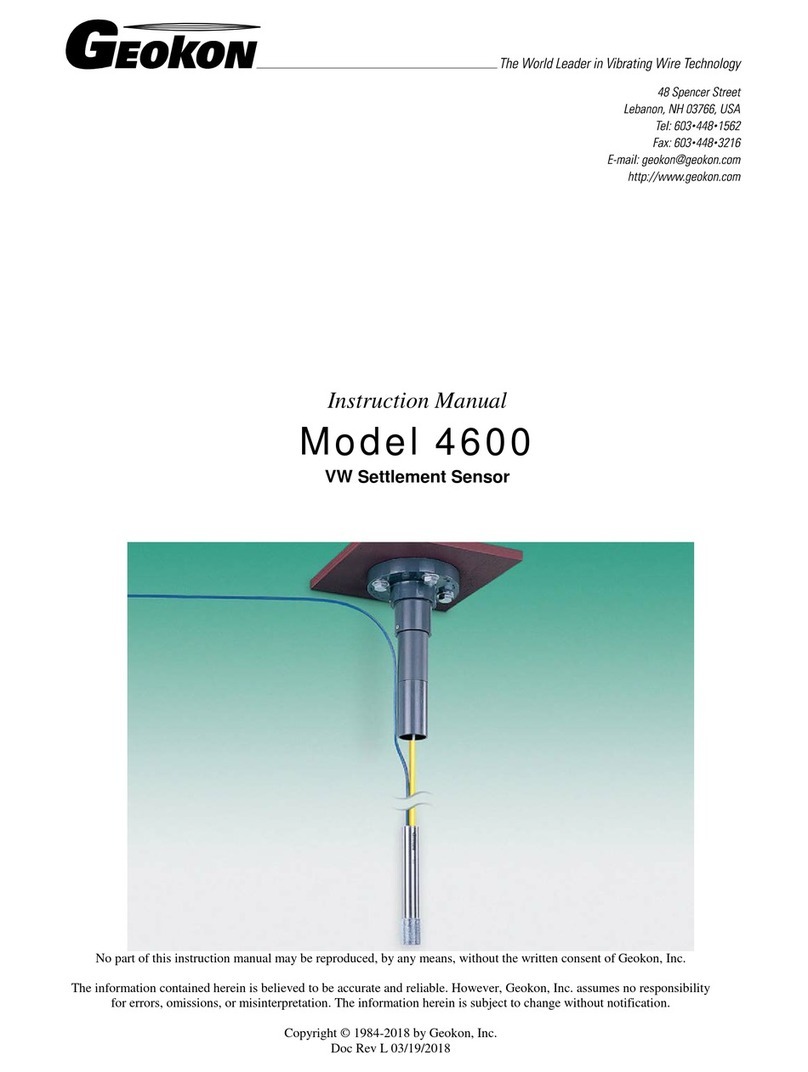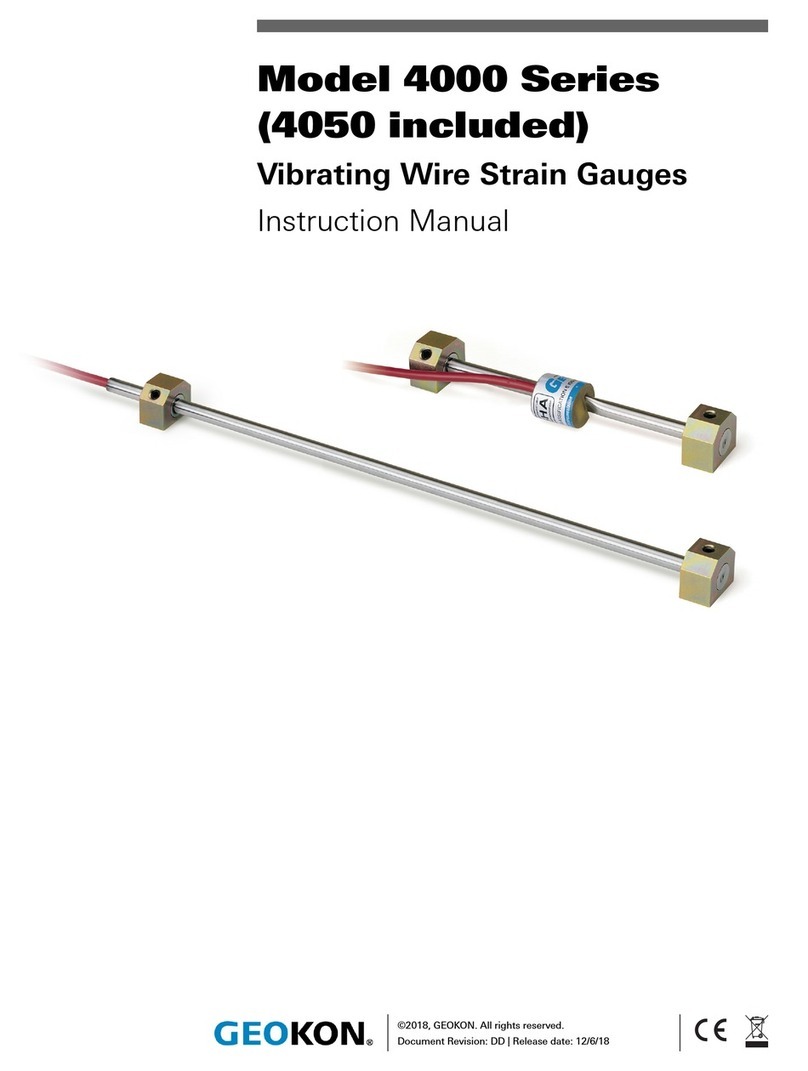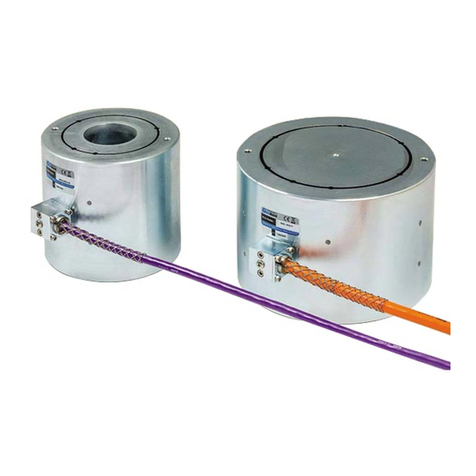
TABLE of CONTENTS
1. INTRODUCTION ...................................................................................................................................................1
2. INSTALLATION ....................................................................................................................................................3
2.1 PRELIMINARY TESTS............................................................................................................................................3
2.2 INSTALLING MODEL 6160 SENSORS ....................................................................................................................3
2.2.1 Mounting Brackets ......................................................................................................................................3
2.2.2 Mounting the Sensor ...................................................................................................................................6
2.2.3 Sensor Protection........................................................................................................................................7
2.3 INSTALLING MODEL 6161 SENSORS ....................................................................................................................7
2.3.1 A Axis Tilt Adjustments ...............................................................................................................................8
2.3.2 B Axis Tilt Adjustments ...............................................................................................................................8
2.4 JUNCTION BOXES.................................................................................................................................................9
2.5 SPLICING..............................................................................................................................................................9
3. TAKING READINGS...........................................................................................................................................10
3.1 DATALOGGERS ..................................................................................................................................................10
3.2 RB-500 READOUT BOX .....................................................................................................................................10
3.3 MEASURING TEMPERATURE ..............................................................................................................................10
4. DATA REDUCTION ............................................................................................................................................11
4.1 TILT CALCULATION ...........................................................................................................................................11
4.2 TEMPERATURE CORRECTION .............................................................................................................................11
4.3 ENVIRONMENTAL FACTORS...............................................................................................................................11
5. TROUBLESHOOTING........................................................................................................................................12
APPENDIX A. SPECIFICATIONS.........................................................................................................................13
A.1 MEMS TILT SENSOR ........................................................................................................................................13
A.2 THERMISTOR.....................................................................................................................................................13
APPENDIX B. THERMISTOR TEMPERATURE DERIVATION...... ERROR! BOOKMARK NOT DEFINED.
APPENDIX C. SAMPLE CALIBRATION REPORT ...........................................................................................14
APPENDIX D. WIRING CODES ............................................................................................................................16
APPENDIX E. 6160 STANDARD ADDRESSABLE SYSTEMS..........................................................................17
APPENDIX F. PROGRAMMING THE MEMS TILTMETER WITH CRBASIC ............................................19
APPENDIX G. PROGRAMMING THE ADDRESSABLE MEMS TILTMETER WITH CRBASIC.............20


